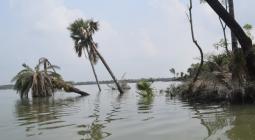Mental health distress in the wake of Bangladesh cyclone shows the devastation of climate-related loss and damage
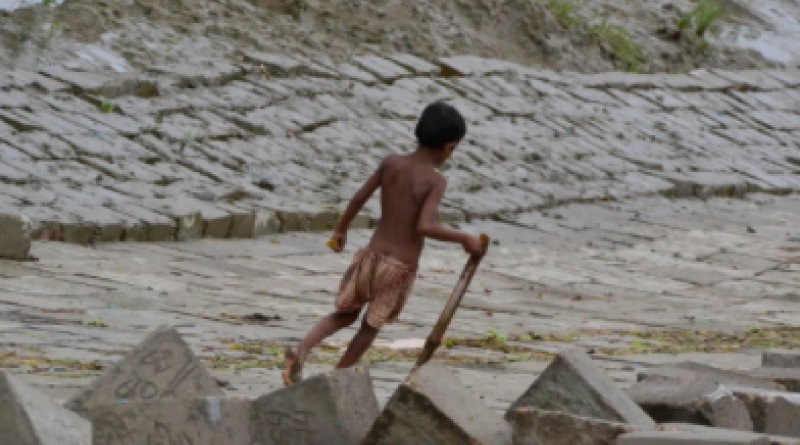
Over the past decade, there has been growing recognition of climate-induced loss and damage – such as the destruction of homes or buildings after a flood. However, economic losses and damages have received far more attention than their non-economic counterparts.
These non-economic losses and damages cannot be measured in monetary terms, including loss of life, health and wellbeing, livelihoods, territory, cultural heritage and traditions, indigenous knowledge and biodiversity.
When a major UN report on climate change was released earlier this year, I and my peers at the Lancet Countdown described its findings as a “code red for a healthy future”. That doesn’t just mean physical health, but mental health as well.
In my research, I focus on the relationship between environmental events and people’s wellbeing and mental health in countries such as the Philippines, South Africa, Senegal, India and Bangladesh.
In one of our coastal study sites in Khulna, Bangladesh, I met Kabir, a 38-year-old Bangladeshi man. He explained the longer-term mental health impacts of Sidr, a Category 5 tropical cyclone that hit the Bangladesh coast in November 2007, killing thousands.
2007 may feel like a lifetime ago for many of us, but for Kabir, the memory of the night the cyclone struck his house still lives with him every second of the day.
After Sidr, I became anxious. I cannot seem to relax. Especially during cloudy and rainy days like these, I feel the breeze coming in from the sea and it forces me to remember. I cannot stand that breeze anymore.
Kabir explains how the first year after the cyclone was a big black hole. He has fragments of positive memories such as neighbours bringing him food and checking in on him. He also has other, more unpleasant memories of people taking advantage of his vulnerable state by claiming to have lent him money while he was unable to work, and then pestering him to pay back his debts.
If one person in your family dies, people will mourn and face a tremendous loss. All of my four children and my wife died. I am the only person left alive. How could I be mentally stable?
Psychological trauma caused by previous cyclone strikes left many feeling so anxious that they stopped evacuating, in an attempt to avoid witnessing or being exposed to further traumatic evacuation experiences.
Kabir’s village lost about a third of its population to Sidr, and for weeks after its impact bodies were lined up for burial on a field next to the cyclone shelter. Many survivors remained deeply traumatised, as explained by an elderly local man:
We noticed that some children would bury their toys here and there. We also often heard them saying: “Stop the game! Otherwise, the cyclone will come.” They often repeated: “When will the flood strike again? Will I have to go [to the shelter] again then, or will I die next time? If it happens again, then please promise me not to leave.”
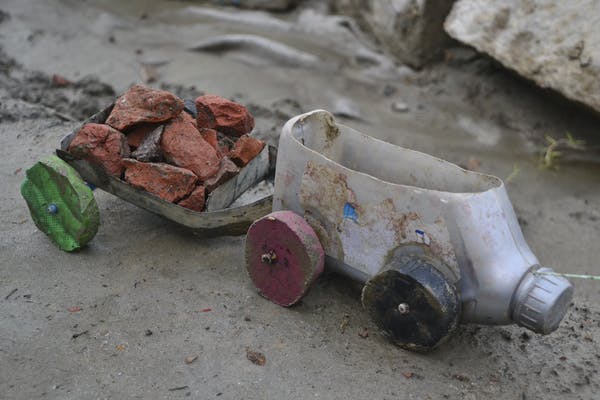
The man explains that many cyclone survivors were psychologically and internally injured and faced complications, some of which caused lasting mental distress. However, no mental health specialists visited the region after the cyclone, so people did not receive specialist psychological support.
These hazards keep coming back every year. I witnessed many of my relatives dying while screaming and crying. I failed to help them, I failed to save their lives. This can never leave me completely happy. Nothing you would try to provide me with would ever be enough to fix that.
I was struck by how these men’s words spoke directly to the core of the debate around how to compensate for non-economic loss and damage. What they said highlights the importance of incorporating mental health considerations into climate policy, especially by adding carefully designed mental health assessments and support to post-disaster relief packages delivered by national governments, the UN or non-governmental organisations.
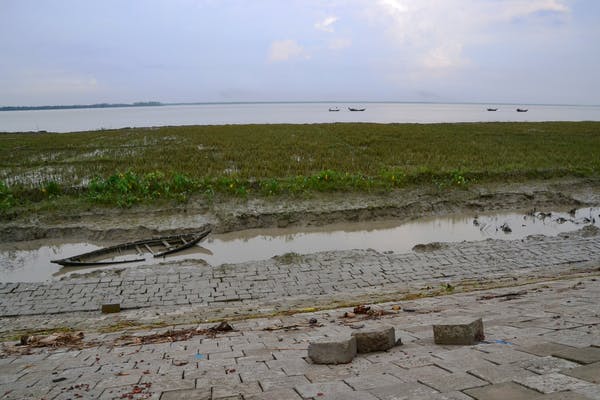
When people are not given any chance to work through the traumas left behind in the path of disasters, it leaves them at risk of longer-term psychological impacts such as post-traumatic stress, anxiety and depressive disorders. Over time, untreated mental health issues may lead to reduced developmental and educational opportunities particularly for women, children and other marginalised groups.
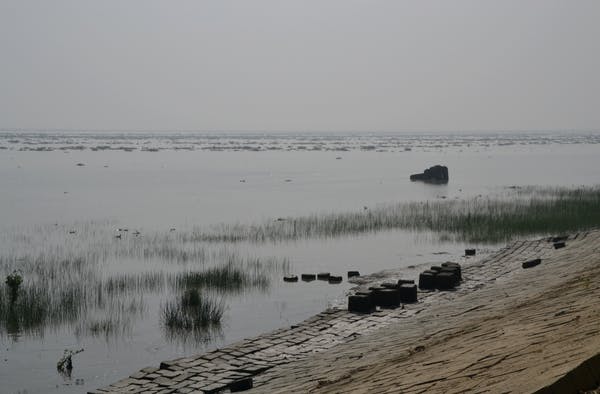
Climate change is projected to increase the intensity of some extreme weather events such as rainfall, droughts, cyclones, heatwaves and humidity. It is therefore more important than ever that we start treating problems in vulnerable areas of the world – like poverty resulting from historical power imbalances between countries, making inhabitants more vulnerable to climatic changes – as well as the symptoms of these problems, like mental ill health exacerbated by extreme weather events. After all, the effects of so-called “natural disasters” are socially constructed.
18 November 2021
The Conversation



